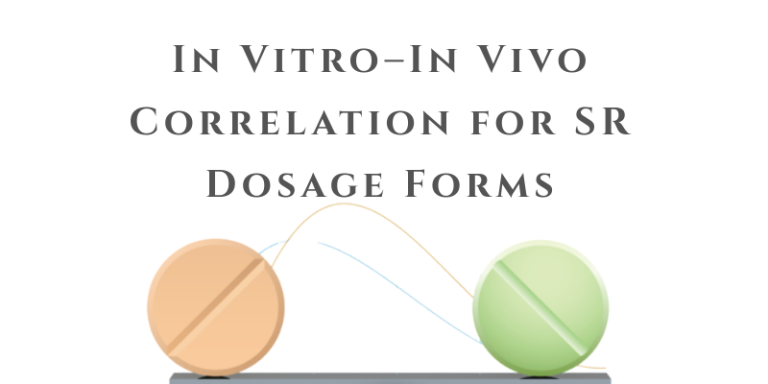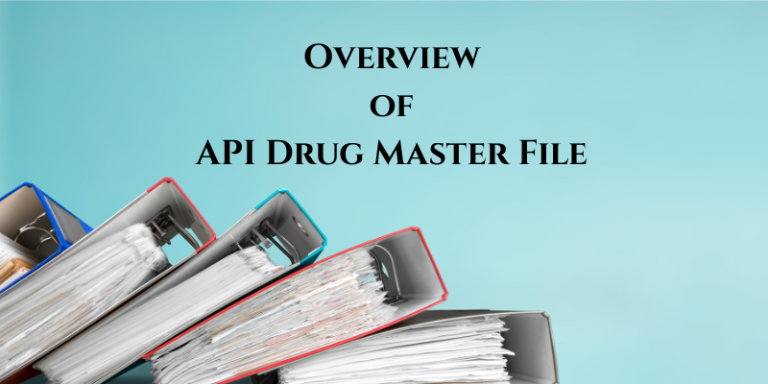Common Pitfalls in CMC Dossier Authoring
Authoring a high-quality CMC (Chemistry, Manufacturing & Controls) dossier is crucial for regulatory approval. However, many submissions face delays due to avoidable mistakes. Here are some common pitfalls and how to avoid them:
Inconsistent Data Across Sections
- Misalignment between Module 3 and other CTD sections (e.g., 2.3.S/P and 3.2.S/P) leads to questions from regulators.
- Tip: Ensure data consistency with a thorough cross-check before submission.
Lack of Justification for Critical Parameters
- Missing or weak scientific rationale for control strategies, specifications, or manufacturing process parameters.
- Tip: Clearly justify choices using risk assessments and supporting data.
Poorly Structured or Redundant Content
- Repetitive information across sections makes the dossier hard to review.
- Tip: Follow a logical structure and avoid unnecessary duplication.
Incomplete Stability Data
- Submitting insufficient stability data, especially for post-approval changes, can lead to additional regulatory queries.
- Tip: Provide robust stability studies aligned with ICH guidelines.
Failure to Address Regional Regulatory Differences
- Assuming that one dossier fits all regions can cause compliance issues.
- Tip: Tailor content to specific agency expectations (FDA, EMA, TGA, etc.).
A well-prepared CMC dossier not only speeds up approval but also minimizes regulatory pushback.
Read also:
- The Role of Quality by Design (QbD) in CMC
- FDA Queries Related to Drug Substances in the CMC
- Types of FDA Applications for Drugs and Biologics
Read also: Pratik Pawar







